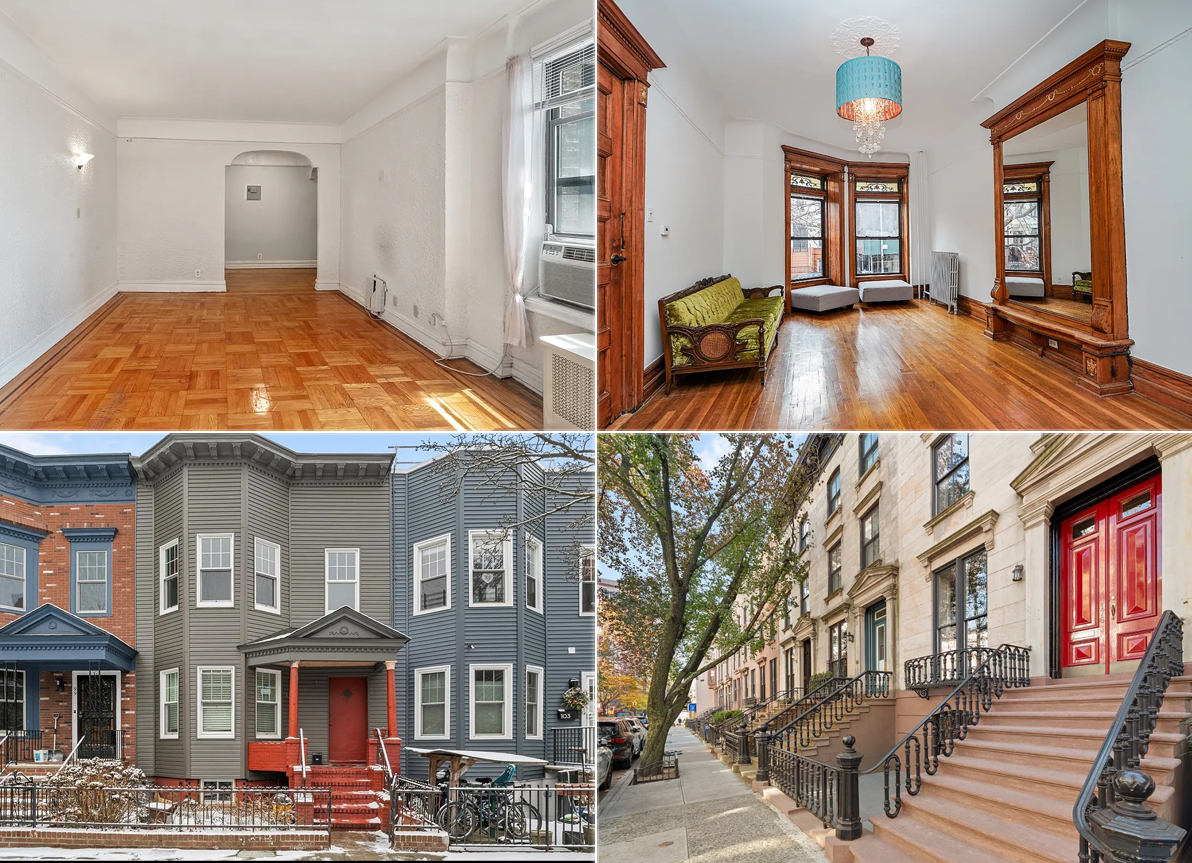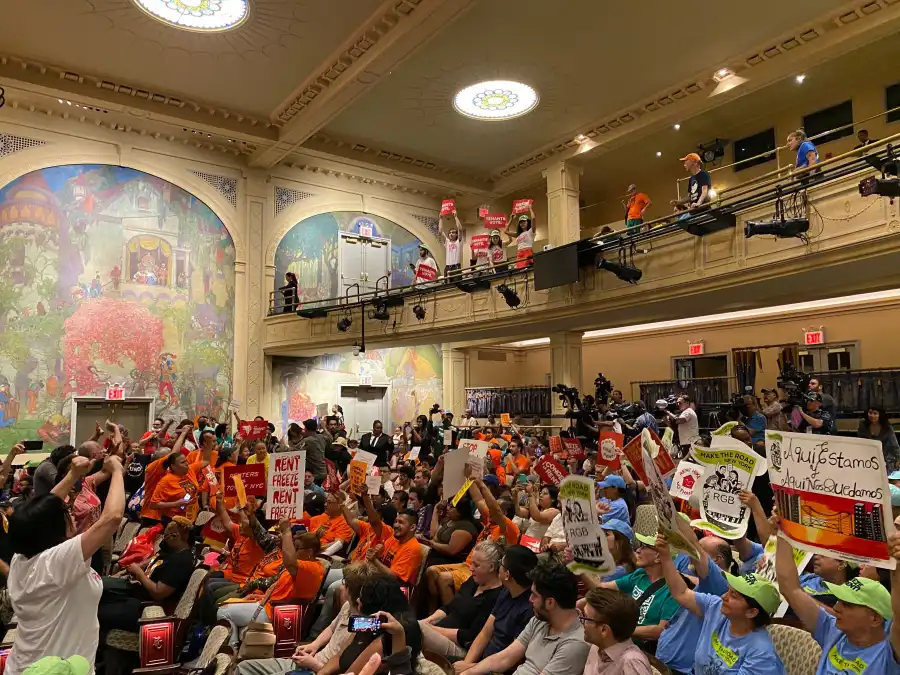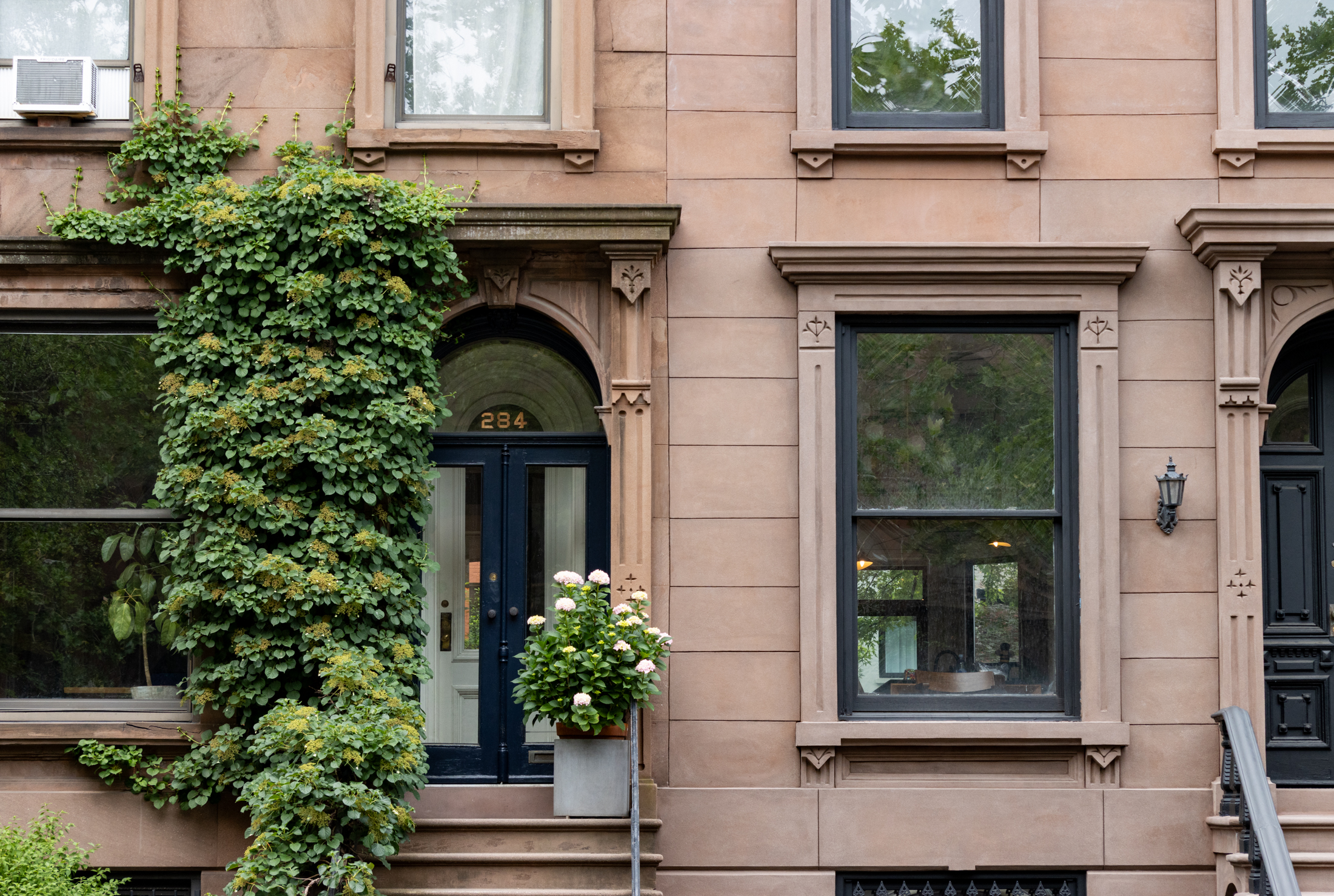The Resurgence of Brooklyn, Explained
In the latest issue of City Journal, Kay Hymowitz, who adventurously moved her young family to Park Slope in the early 1980s, charts the fall and rise of Brooklyn over the last century and change, from its industrial heyday through the drug- and crime-addled decades of the sixties, seventies and eighties and to its remarkable…

 In the latest issue of City Journal, Kay Hymowitz, who adventurously moved her young family to Park Slope in the early 1980s, charts the fall and rise of Brooklyn over the last century and change, from its industrial heyday through the drug- and crime-addled decades of the sixties, seventies and eighties and to its remarkable turnaround of the last fifteen years in which it’s become a magnet for the city’s burgeoning creative class. The first section of the article starts on a personal note, describing the boarding house next door run by the widow of the postal worker who owned it; house became progressively more run down and depressing until it finally burned down in 1995 when one of the bed-ridden elderly tenants fell asleep with a lit cigarette.
In the latest issue of City Journal, Kay Hymowitz, who adventurously moved her young family to Park Slope in the early 1980s, charts the fall and rise of Brooklyn over the last century and change, from its industrial heyday through the drug- and crime-addled decades of the sixties, seventies and eighties and to its remarkable turnaround of the last fifteen years in which it’s become a magnet for the city’s burgeoning creative class. The first section of the article starts on a personal note, describing the boarding house next door run by the widow of the postal worker who owned it; house became progressively more run down and depressing until it finally burned down in 1995 when one of the bed-ridden elderly tenants fell asleep with a lit cigarette.
If you’ve been in Park Slope recently, you can probably guess how things turned out for the Lehane house. But you may not know why. How did the Brooklyn of the Lehanes and crack houses turn into what it is today—home to celebrities like Maggie Gyllenhaal and Adrian Grenier, to Michelin-starred chefs, and to more writers per square foot than any place outside Yaddo? How did the borough become a destination for tour buses showing off some of the most desirable real estate in the city, even the country? How did the mean streets once paced by Irish and Italian dockworkers, and later scarred by muggings and shootings, become just about the coolest place on earth? The answer involves economic, class, and cultural changes that have transformed urban life all over America during the last few decades. It’s a story that contains plenty of gumption, innovation, and aspiration, but also a disturbing coda. Brooklyn now boasts a splendid population of postindustrial and creative-class winners—but in the far reaches of the borough, where nary a hipster can be found, it is also home to the economy’s many losers.
Hymowitz credits Giuliani’s campaign against crime with laying the groundwork for the gentrification that began in the nineties (“After the 81st Precinct, which encompasses the eastern half of the neighborhood, saw a 64 percent plunge in violent crime between 1993 and 2003, the lawyers, editors, artists, and nonprofit administrators started venturing in.”) as well as the rezonings of formerly industrial neighborhoods that made way for a residential building boom.
The third reason for Brooklyn’s “modern revival,” as she calls it, was…
… the arrival of the college-educated creative types. How’s this for a great stat? Between 2000 and 2008, the number of college-educated residents in Williamsburg increased by 80 percent. Importantly, she notes, these creative types (which includes the “culinary hippies”) were decidedly more entrepreneurial than their predecessors.
And it’s definitely not a happy ending for all, according to Hymowitz:
Brooklyn’s story, then, doesn’t lend itself to a simple happy ending. Instead, the borough is a microcosm of the nation’s “hourglass economy.” At the top, the college-educated are doing interesting, motivating work during the day and bicycling home to enjoy gourmet beer and grass-fed beef after hours. At the bottom, matters are very different. Almost a quarter of Brooklyn’s 2.5 million residents live below the poverty line—in the housing projects of East New York, in the tenements of Brownsville, or in “transitional” parts of Bushwick and Bed-Stuy, all places where single-mother poverty has become an intergenerational way of life. Between 2000 and 2010, the percentage of the area’s population on welfare did decline markedly, but the number of Medicaid recipients almost tripled, to nearly 750,000. About 40 percent of Brooklyn’s total population receives some kind of public assistance today, up from 23 percent a decade ago.
th
How Brooklyn Got Its Groove Back [City Journal]





Looks like I missed all the fun. Can’t bear to read yet another article on this topic, especially one that sounds so unoriginal. But have to agree with Montrose’s and EastNewYork about the solid working class & middle class in Bed Stuy that gets ignored.
Its like you people want to find something to dislike about this article (shocking when talking about brownstoner)…
the article doesnt “ignore middle class blacks or hispanics homeowners” its just they are largely irrelevant to the question the author is asking:
I quote: “How did the borough become a destination for tour buses showing off some of the most desirable real estate in the city, even the country? How did the mean streets once paced by Irish and Italian dockworkers, and later scarred by muggings and shootings, become just about the coolest place on earth? The answer involves economic, class, and cultural changes that have transformed urban life all over America during the last few decades.”
It was irrelevant that in the 80s and early 90s that there were (some, many) middle class blacks, hispanics (or whites) living in these Brownstone neighborhoods – crime was out of control, banks were reluctant or unwilling to lend, and businesses were unwilling to invest – i.e. Brooklyn was on the decline. Now you may believe that some or ALL of these conditions might be racially based, but that isnt the subject of this article; The subject of the article is how did Brooklyn go from that (declining) place to such a vibrant place.
And the author cites 3 reasons that he believes that changed in the early 90’s. 1. Crime reduction, zoning changes and 3, an influx of new people as a result of 1 and 2.
The author did not attribute the change to the long standing Italians or Irish residents OR to the long standing african-american or hispanic homeowners OR his generation of gentrifiers BECAUSE all were there during the decline (i.e. the author did not believe this was the catalyst for the change)….
Now you are free to disagree and suggest your own reasons for the dramatic turnaround in the early 90’s that continues unabated until today but to call this article right-wing propaganda, or racist is just hyperbole for the sake of itself; not an honest evaluation of the article.
Its like you people want to find something to dislike about this article (shocking when talking about brownstoner)…
the article doesnt “ignore middle class blacks or hispanics homeowners” its just they are largely irrelevant to the question the author is asking:
I quote: “How did the borough become a destination for tour buses showing off some of the most desirable real estate in the city, even the country? How did the mean streets once paced by Irish and Italian dockworkers, and later scarred by muggings and shootings, become just about the coolest place on earth? The answer involves economic, class, and cultural changes that have transformed urban life all over America during the last few decades.”
It was irrelevant that in the 80s and early 90s that there were (some, many) middle class blacks, hispanics (or whites) living in these Brownstone neighborhoods – crime was out of control, banks were reluctant or unwilling to lend, and businesses were unwilling to invest – i.e. Brooklyn was on the decline. Now you may believe that some or ALL of these conditions might be racially based, but that isnt the subject of this article; The subject of the article is how did Brooklyn go from that (declining) place to such a vibrant place.
And the author cites 3 reasons that he believes that changed in the early 90’s. 1. Crime reduction, zoning changes and 3, an influx of new people as a result of 1 and 2.
The author did not attribute the change to the long standing Italians or Irish residents OR to the long standing african-american or hispanic homeowners OR his generation of gentrifiers BECAUSE all were there during the decline (i.e. the author did not believe this was the catalyst for the change)….
Now you are free to disagree and suggest your own reasons for the dramatic turnaround in the early 90’s that continues unabated until today but to call this article right-wing propaganda, or racist is just hyperbole for the sake of itself; not an honest evaluation of the article.
I cant for the life of me figure out why people are attacking the author or this article on political grounds. The article is frankly spot on to the recent history of Brooklyn and actually raises many of the social issues (ex – lack of good employment for the not-so blessed) that many of you constantly cite as the underlying rot in the bro, city, country.
I mean maybe this article has been done 1 too many times, and 2 maybe its a bit narrow of how it expresses racial components of each class, but I mean come on – what SPECIFICALLY in this article is inaccurate or overtly political?
2.1 million dollars for 190 President Street.
How can that be possible?
It says it all.
We may look back on this and say “what were we thinking?”
Lol funny post but in truth, that isnt at all what the article says.
Could not agree w/u more MM
Oh I am SO glad you weren’t adversely affected directly or indirectly by the suffering of thousands all around you. So entirely selfless of you.
I guess in that light the economy is awesome, global warming is a myth, AIDS never really was all that bad, healthcare in the U.S. is terrific, as is educational system, and the political system is working wonderful.
I mean ME and most of MY family are doing really well financially, wont be alive to face any real consequences of a warmer planet, never got AIDS, have really good health insurance, and got quality public and private educations – and the political system shows no ability to change things either….Happy days are here again……..
Yeah Expert – Brooklyn was always wonderful /sarcasm
I guess you were unaffected by the 750+ annual homicides; the race riots and killings, the rampant housing abandonment, the arson, the deteriorated public parks and facilities and the total lack of new investment.
Frankly the 1st sign of a newcomer is a rose-tinted romanticized view of a difficult and in many ways tragic past.